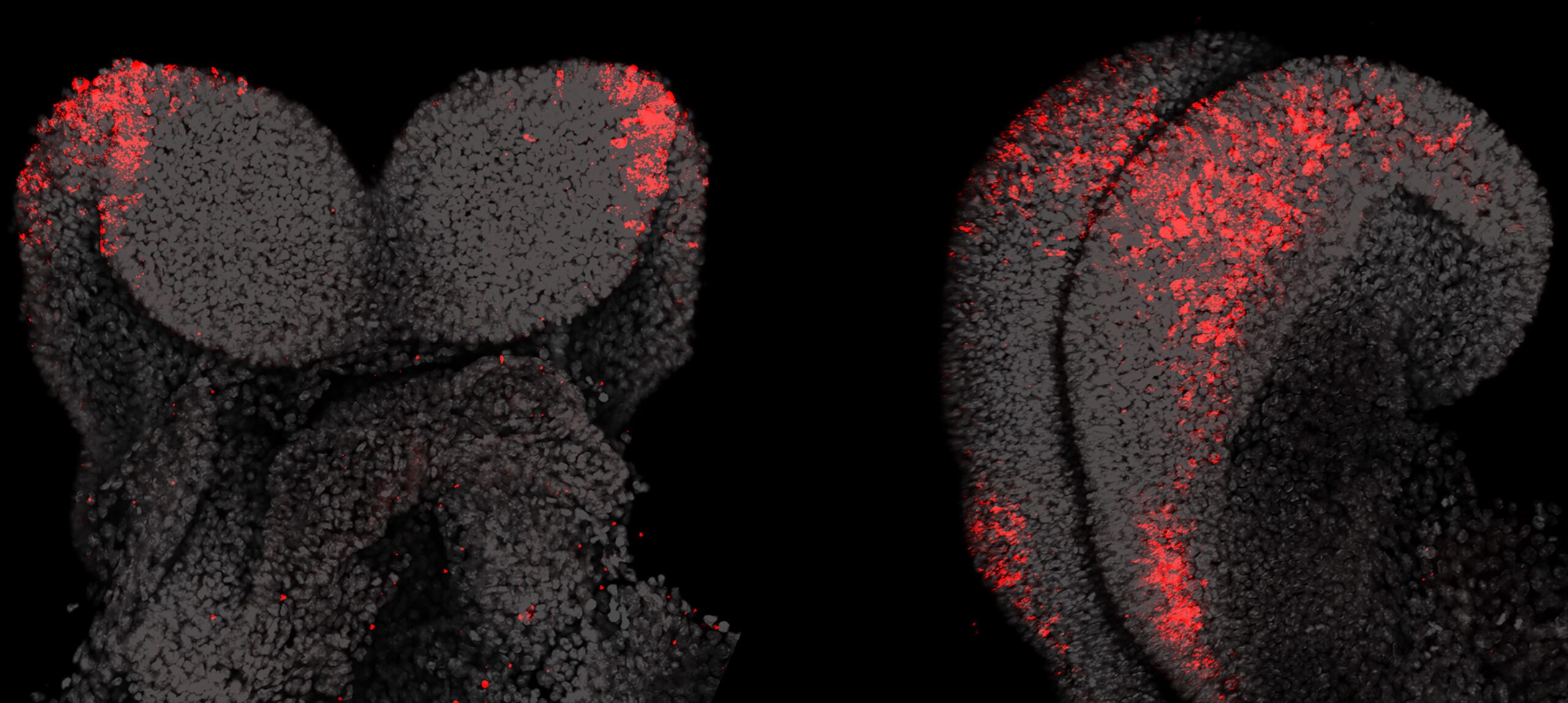
Research Interest
In the Cell fate, plasticity and reprogramming lab (Team leader: Antoine Zalc), we study how cranial neural crest cells – a stem cell-like population – reverse cell differentiation and return into a higher pluripotency state, resulting in the expansion of their differentiation potential.
By combining state-of-the-art single-cell multi-omics screens, functional assays in vivo and in vitro and tissue repair studies, our laboratory seeks to uncover and comprehend gene regulatory networks and chromatin rearrangements regulating the reemergence of pluripotency programs and the underlying reprogramming of cellular identity during development and regeneration. The interdisciplinary scope of experimental strategies will help understand how these fundamental processes are regulated and might result in novel strategies to stimulate endogenous regeneration and ameliorate craniofacial tissue repair.
By combining state-of-the-art single-cell multi-omics screens, functional assays in vivo and in vitro and tissue repair studies, our laboratory seeks to uncover and comprehend gene regulatory networks and chromatin rearrangements regulating the reemergence of pluripotency programs and the underlying reprogramming of cellular identity during development and regeneration. The interdisciplinary scope of experimental strategies will help understand how these fundamental processes are regulated and might result in novel strategies to stimulate endogenous regeneration and ameliorate craniofacial tissue repair.
Bioinformatic tools
In the lab we use several single cell sequencing methods to perform clustering and integration of various datasets as well as packages to predict cell fate trajectories. We also use motif enrichment analysis tools to identify transcription factors and co-factors binding on chromatin.
